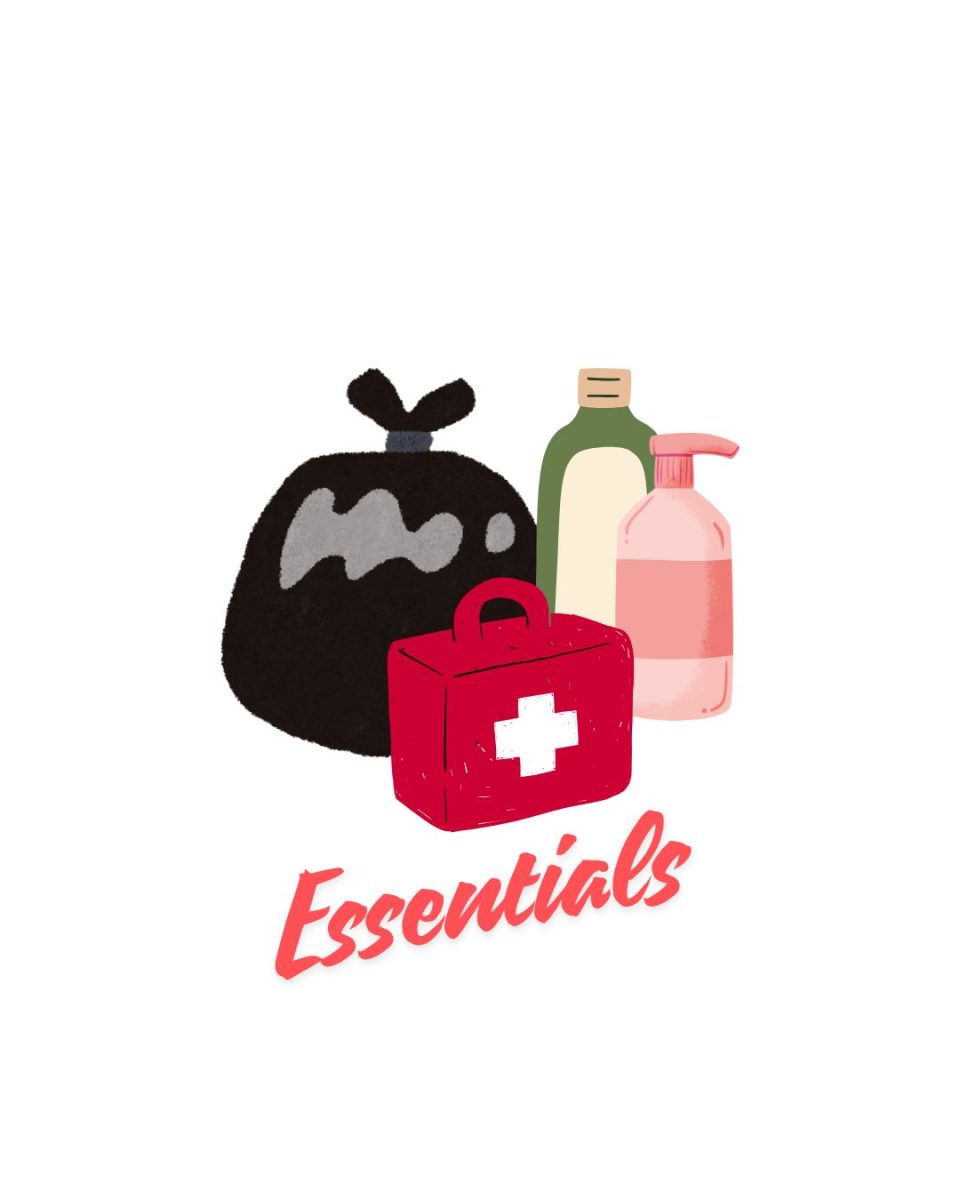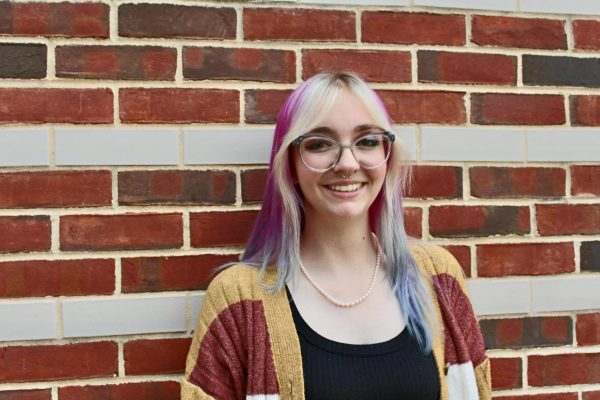“Six degrees of separation” is the idea that everyone on this planet is linked through six or fewer social connections. It’s a friend of a friend, the world over. Everyone in the state of New Jersey, however, seems separated by one degree at best. It’s impressive to watch a professor grill students for names and places and come to the conclusion: “I was friends with your dad when you were this tall!”
Being at a university makes no difference in this system of connection. You could call it presumptuous, but it’s just numbers. In the 2020-2021 academic year, 96% of Rowan students were New Jersey residents. In the years following that, Rowan stopped publishing that as part of their “fast facts” pages. As an out-of-state student, I can see why.
Since moving across the country from Colorado just a couple of weeks ago, I’ve seen how this 96% influences the culture at Rowan. Faculty and staff like asking what part of Jersey people are from. It’s an honest assumption, and one I like to shake up. But honest assumptions surround a larger issue. The entirety of my freshman orientation was geared towards in-staters. While I gained a fair amount of knowledge about my financial aid and college of study, I didn’t actually get a tour of campus, an in-person explanation of the dining system, or any type of introduction to the history of this campus itself.
Who is Henry M. Rowan? And what is a “Mullica?” After all, I’ve never been here before!
I’m impressed by Rowan’s ability to remain so insular despite having a sizable population and an active community of international students–and disappointed. Even as Rowan tries to scrub clean a history of isolation, and open itself up to students from afar, the university seems to miss the mark once people like myself get on campus.
These issues are only surface level, however. I can read a map and ask questions like the rest of them. So far I’ve made it around campus and figured out how to feed myself, and when time allows I read the plaques in front of buildings and statues and gardens.
Turns out, Henry M. Rowan was an engineer and a businessman, and eventually a $100 million benefactor of the then Glassboro State College. The jury’s still out on what a Mullica is.
But, some struggles run much deeper. When you move away for college, you expect to land in the same place as a bunch of other far-flung, disrupted, and lonely students. Far-flung, disrupted, and lonely, describes a mighty few here on campus. Most people I’ve met can drive home at maximum, just a few hours, and spend quality time with family and friends. Most students, to my knowledge, came to Rowan with at least a couple of people they already knew, and an understanding of the culture here.
In the College of Performing Arts especially, I see this at work. My peers know the professors, the directors, and the curriculum. They know what frats or sororities to rush to because they know who’s in them. Coming to college you’re told everyone’s starting from scratch, but it seems I also have to write the recipe.
I must admit there are a lot of assumptions I made moving out here as well. For example, I thought I would be moving to a town that I’m normally used to. To my surprise, the organization and layout of New Jersey are absolutely and abhorrently wrong. Glassboro is so tiny, I’d consider it a town-in-name-only. There are 346 streets in Glassboro, creating one zip code.
My hometown of Pueblo, Colorado, is made up of 4153 streets in 12 zip codes. Pueblo, by Colorado standards, is by and large a medium-sized town. Glassboro, by comparison, is a suburban neighborhood.
This culture shock came as a surprise to both me and my mom, since New Jersey publications have made no indication that the idea of a town has been usurped by a county, and a neighborhood is now a town, and the neighborhoods within this “town” are townships. I don’t know if I could ever tell someone with a straight face that I grew up in a township, so props to you Jersyans.
Where your township, town, and county are located seems to matter a whole lot, too. The regions of South and North Jersey are incredibly important, and which one you’re from seems to be the line between friendship, and outright suspicion.
And don’t even get me started on the hotly contested region of central New Jersey. Why are people adamant it exists? Or believe with the entirety of their being that it does not? If you asked me, I would take the anthropological route and say that it exists because Central Jersyans say it does.
But as an outsider, my opinion is meaningless compared to the very real fact that the governor of New Jersey created a Central Jersey tourism region. And yet, this is still a debate, one that is seemingly unable to be settled. I had no idea that such important questions were core to New Jersey culture and identity. It took only a whopping 12 hours being on campus to come to that conclusion.
I look forward to the next four years of making sure people know I proudly go to college in South Jersey, (not north, not “central,” but south). But in the end, I’m from Pueblo, Colorado, and the people here at Rowan ought to get used to us out-of-townshippers.
For comments/questions about this story DM us on Instagram @thewhitatrowan or email [email protected]
























































































































































!["Working with [Dr. Lynch] is always a learning experience for me. She is a treasure,” said Thomas. - Staff Writer / Kacie Scibilia](https://thewhitonline.com/wp-content/uploads/2025/04/choir-1-1200x694.jpg)










































